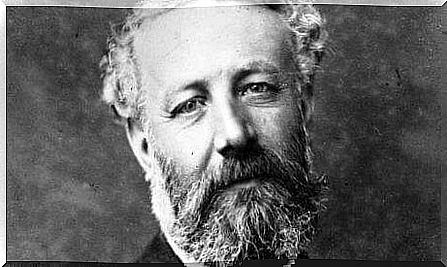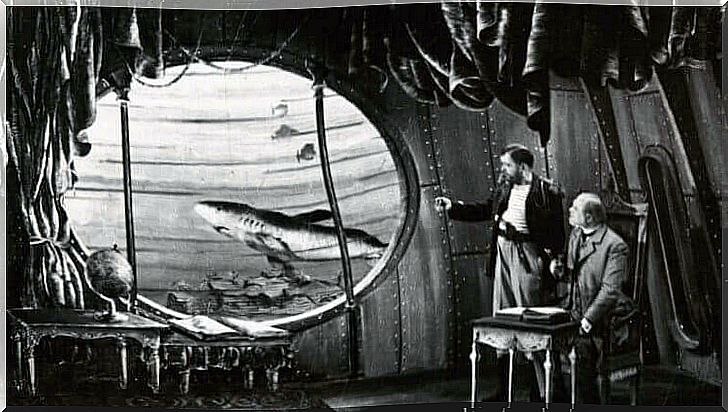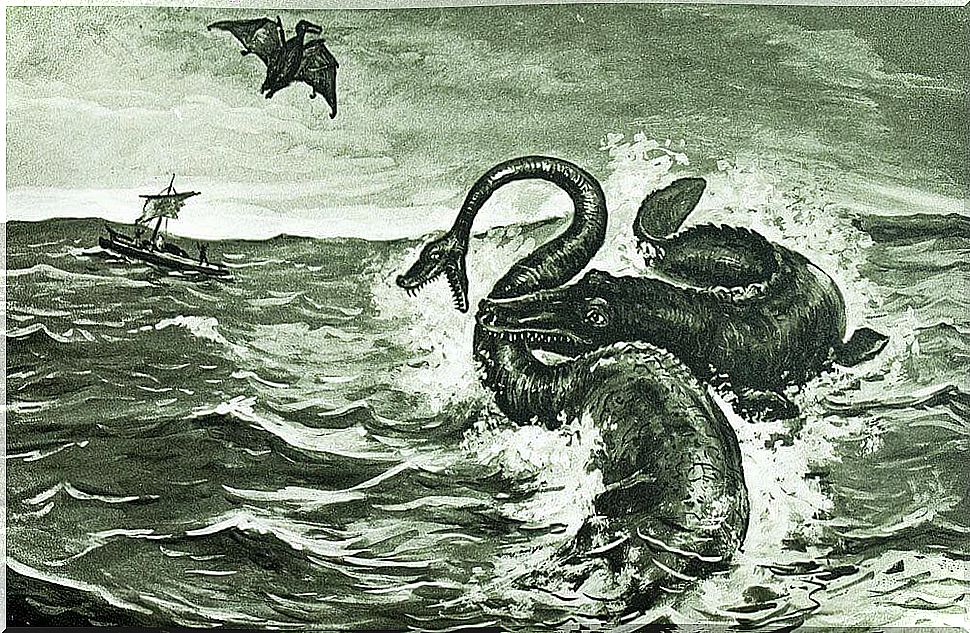Jules Verne: The Journey Of A Lifetime

Who has never heard of Jules Verne? It’s fascinating to dive into Verne’s wonderful adventures. Above all, it is amazing to see how a 19th century man was able to anticipate some later discoveries and inventions. Without a doubt, Jules Verne was a man ahead of his time and managed to unite engineering, science and literature in his works.
When submarines were still a fantasy, when electric motors were unthinkable, Verne created his Nautilus, a perfectly detailed and developed submarine.
The French writer was responsible for shaping the details of his inventions in his books, giving lots of data and explaining to the reader how they worked. Verne played with verisimilitude, but also with the scientific and technological advances of his time.
He has been called the father of science fiction by some experts; but in reality, Verne made science in his works and reinvented the travel book. Jules Verne is a fundamental piece in the lyrics, but also revolutionary in the scientific field.
Jules Verne: his early years
Jules Gabriel Verne was born into a bourgeois family in the French city of Nantes in 1828. His childhood was quite peaceful and prosperous. His father was a well-positioned lawyer and Julius, from an early age, was a great travel lover.
There is a legend, believed to be real, in which Verne, as a small boy, is said to have tried to flee to enlist as a sailor’s apprentice on a boat bound for India. His father found out in time and made him promise that he would only travel with his imagination.
Jules Verne traveled with his imagination and, as a result of these journeys, some of the most emblematic works in science fiction were born. In 1848, at his revolutionary height, he moved to Paris with the intention of studying law. His father paid for his studies, but with a very tight allowance.
Verne was convinced that it was more important to feed the spirit than his own body. For this reason, he spent his money buying books, eating for long periods only on milk and bread.
Jules Verne was a man who was not very healthy as a result of the deprivations he experienced. Despite these economic difficulties, young Verne considered himself very happy.
It was at this time that, frequenting Parisian literary circles, he met Alexandre Dumas, with whom he would establish a close friendship. The influences of Dumas and Victor Hugo marked the young Verne’s literary vocation.
Jules Verne’s Family Life
In 1850, Verne completed his law studies. However, against his father’s wishes, Júlio decided to dedicate himself to letters. In 1856 he met Honorine de Viane Morel, whom he married in 1857.
Despite his bad relationship with his father, he gave him 50,000 francs for his marriage. He established himself in Paris as a stockbroker, but his career did not work; Verne was born for other things.
Jules Verne did not find the emotional stability he had hoped for when he married. He constantly despaired of his wife and began running away from her whenever he could, taking trips in an untimely manner. In 1861 their only child, Michel Verne, was born, a difficult boy. Jules Verne himself interned him in a correctional institution and in an asylum, facts that marked a hateful relationship between them.
At the age of 58, Verne was shot in the leg, which resulted in a problem from which he would not recover. The shot came from the hand of his young nephew Gaston. The reason was never known, as everything indicated they had a good relationship. However, Gaston was committed to an insane asylum.

A life of extraordinary travel
Jules Verne’s first literary period spans from 1862 to 1886. In September 1862, Verne met Pierre-Jules Hetzel, publisher who published the first of the works that make up the Extraordinary Travels , Five Weeks in a Balloon (1863). It was initially serialized in Hetzel’s Le Magasin d’éducation et de récréation , and became an international bestseller .
As a result of the good results, Hetzel offered Verne a long-term contract. Verne would produce many more “science fiction” works. In this way, Verne was able to dedicate himself to what he knew how to do best, becoming a full-time writer.
The relationship between Verne and Hetzel was so fruitful that it would last for four decades, during which time Verne wrote the works that make up Extraordinary Travels . Thus, one of the most productive and successful relationships in recent literature was created.
Verne had just reinvented the travel book genre and contributed a lot to other genres such as adventure or science fiction. This popular series of adventure novels was absolutely visionary. A unique quality of Extraordinary Trips is that they have been carefully documented and supported by scientific and geographic data.
Among the 45 travel stories were the famous works: Journey to the Center of the Earth (1864) and From Earth to the Moon (1865). In addition to Twenty Thousand Leagues Under the Sea (1870), Around the World in Eighty Days (1872) and The Mysterious Island (1874).
By 1886, Verne had already acquired world fame and a small fortune. During this period he also purchased several yachts and sailed through many European countries. Verne also collaborated on theatrical adaptations of several of his novels.

Jules Verne: disenchantment and posthumous works
During his second literary period, spanning from 1886 until his death in 1905, the tone of his writings changed. Verne began to move away from his own identity, his texts were no longer imbued with scientific advances or adventures and explorations like the previous ones.
At that time, his theme addressed the dangers of technology forged by arrogant scientists. In other words, in a way, it adopted a more pessimistic tone, showing us the consequences of certain advances.
Some notable examples of this shift were: Buying the North Pole (1889), A Floating Island (1895), By the Flag (1896), and Owner of the World (1904). This change of tone occurred simultaneously with the different adversities he encountered in his life. Jules Verne was deeply affected by the deaths of his mother and mentor Hetzel. When he died, Verne left behind a great many unpublished manuscripts.
The third period, posthumous, from 1905 to 1919, comprises the period in which his posthumous works were published. These works were edited by his son, Michel. Among the posthumous titles we find: The Golden Volcano (1906), The Thompson Travel Agency (1907), The Danube Pilot (1908) and The Survivors of Jonathan (1909).
The problem is that Verne’s work was already well known. As a result, literary critics said that these posthumous titles were excessively contaminated, that his son Michel had eliminated many of Verne’s trademarks, and therefore were not looked upon favorably.

Verne: the forerunner of literature and science
Jules Verne became a world famous author, and was considered the father of modern science fiction. He was awarded the Legion of Honor for his contributions to education and science.
The popularity of Jules Verne’s work is attested to by the fact that he is one of the most translated authors in the world. His influence is such that his works were performed in the theater and even taken to the cinema on several occasions.
Verne’s fame survives to this day, and it’s amazing to imagine that a man could anticipate inventions that would appear decades later. The details, the travels, the infinity of advances make his work a unique production.
Verne’s influence goes beyond the field of literature and cinema, extending to the world of science and technology. Generations of scientists, inventors and explorers admit the inspiration their work has meant. Verne and his extraordinary journeys will continue to remind us that “what one man can imagine, another can accomplish.”









